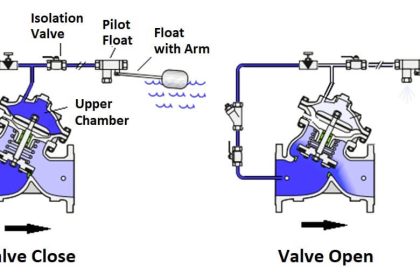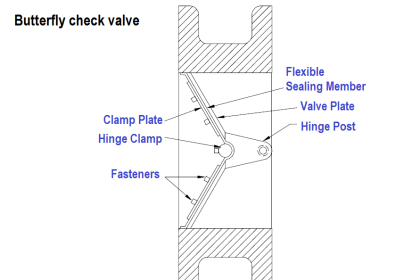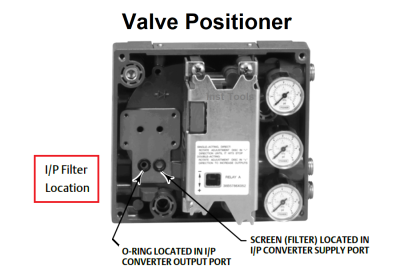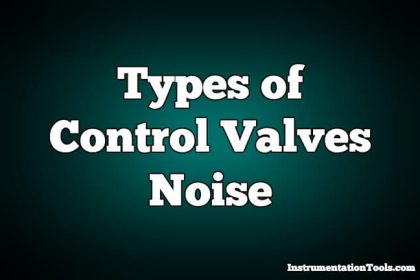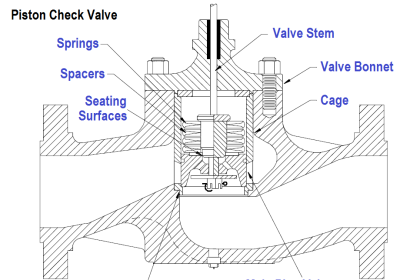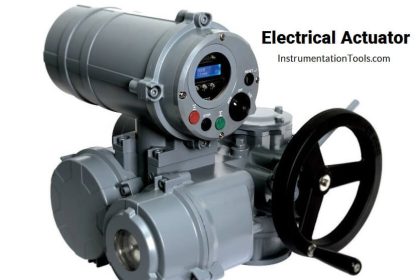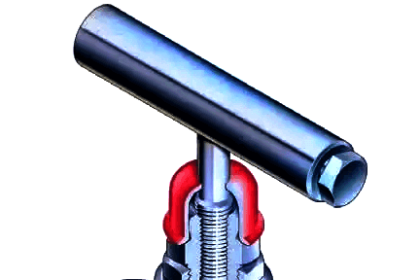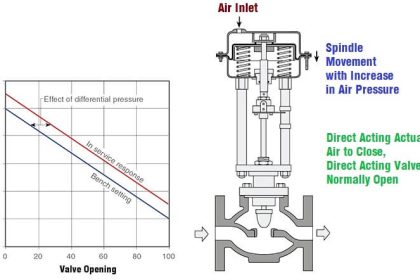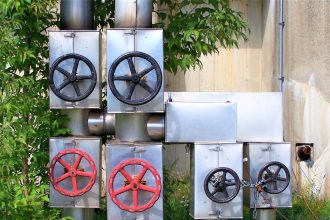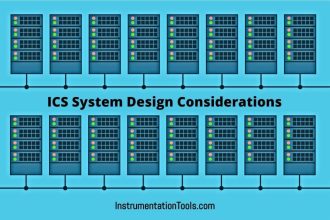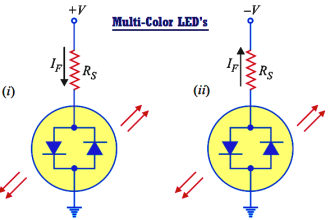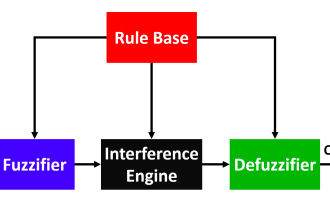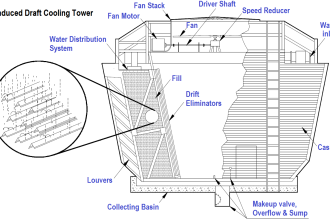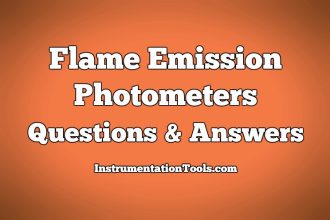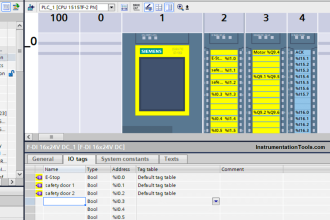Plant safety considerations dictate valve speeds for certain safety-related valves.
Where a system must be very quickly isolated or opened, very fast valve actuation is required. Where the opening of a valve results in injection of relatively cold water to a hot system, slower opening is necessary to minimize thermal shock.
Engineering design selects the actuator for safety related valves based upon speed and power requirements and availability of energy to the actuator.
Speed of Actuators
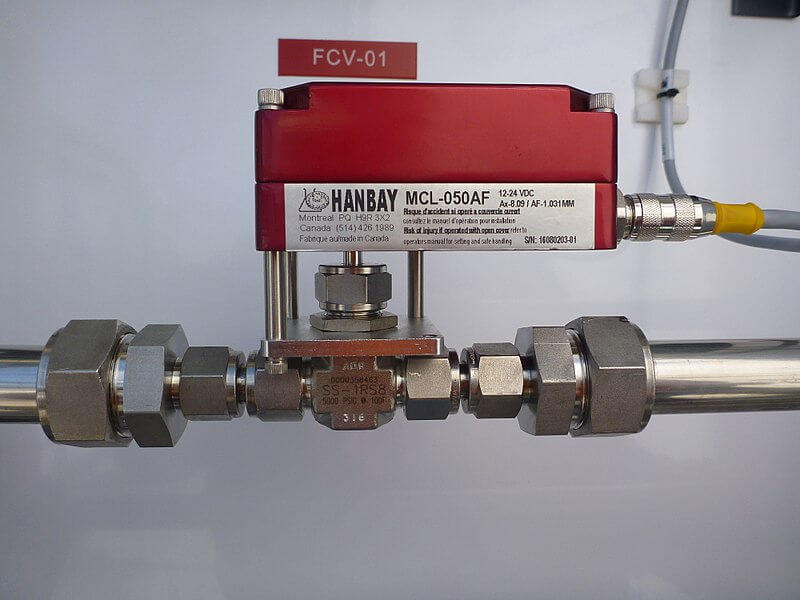
In general, fastest actuation is provided by hydraulic, pneumatic, and solenoid actuators. However, solenoids are not practical for large valves because their size and power requirements would be excessive.
Also, hydraulic and pneumatic actuators require a system for providing hydraulic or pneumatic energy.
The speed of actuation in either case can be set by installing appropriately sized orifices in the hydraulic or pneumatic lines.
In certain cases, the valve is closed by spring pressure, which is opposed by hydraulic or pneumatic pressure to keep the valve open.
Electrical motors provide relatively fast actuation. Actual valve speed is set by the combination of motor speed and gear ratio.
This combination can be selected to provide full valve travel within a range from about two seconds to several seconds.
